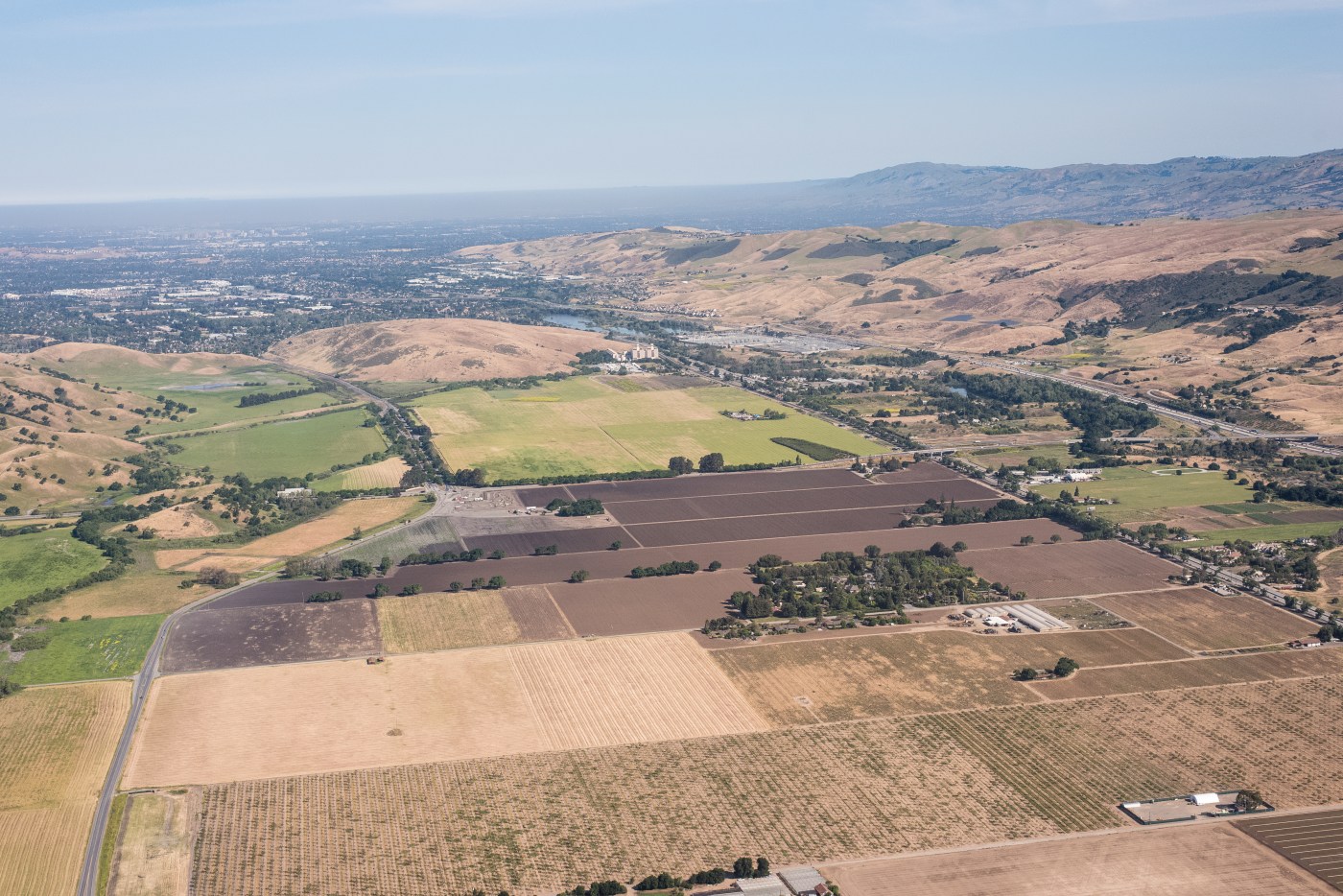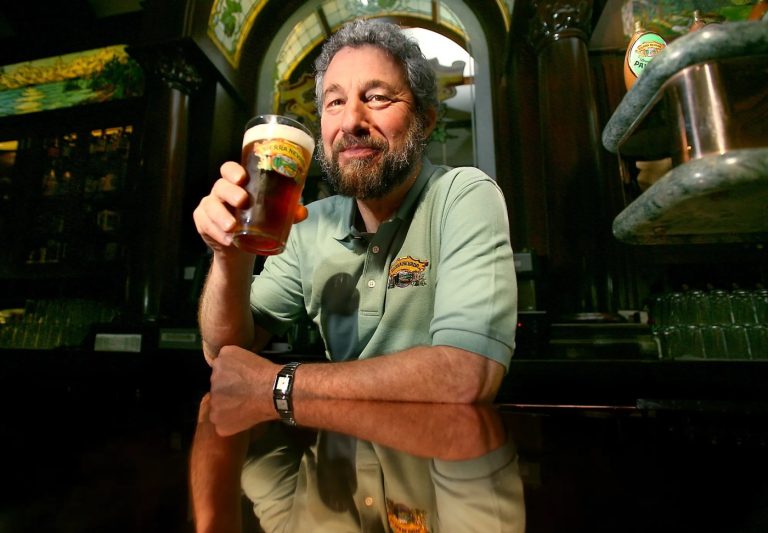Amid a push by local leaders to conserve farmlands and open spaces in the Bay Area from future development, state senator David Cortese has introduced a bill that would shore up funding to preserve agricultural land throughout the state despite the measure’s uncertain financial outlook.
The bill, SB 462, would bolster an existing program called the California Farmland Conservancy Program, which supports agricultural conservation and sustainable land management. If enacted into law, the bill would offer an annual $20 million infusion of funds dedicated specifically to “conservation easements.” Under that system, the land owner receives payment in exchange for permanently limiting their land to agricultural use – even if it changes owners.
“The best part .. is that it’s dollars going directly into agricultural preservation,” said Cortese. “We can bring back this opportunity … from a nutritional standpoint, from a food insecurity standpoint, from a small business standpoint.”
In the nearly three decades since its inception, the program has received $88.6 million. If passed, the bill would nearly double those funds in only four years, which Cortese argues is necessary given the rising costs of land in places like Santa Clara County and the high demand of farmers who are interested in entering these kinds of agreements.
According to the USDA, California has lost over 4 million acres of farmland since 1997, and in Santa Clara County, some 28 thousand acres are at risk of being developed. Proponents for open space preservation argue that it offers environmental benefits while preserving food security and agritourism and conserving space for wildlife.
Currently, Santa Clara County has property tax breaks for properties that promise to preserve their farmland and, late last year, agreed to create an office of economic development for the county, whose main focus would be propping up the agricultural business in the county. Meanwhile, the Santa Clara Valley and Peninsula Open Space Authorities have worked to make multimillion dollar deals to preserve thousands of acres of land as farms.
“As we work to preserve Agricultural lands in Santa Clara County, Senator Cortese’s legislation would grow an important tool in the toolbox,” said Supervisor Sylvia Arenas, who oversees the agricultural southern regions of the county. “The funding Senator Cortese proposes would make a huge difference in expanding opportunities to prevent development of our most endangered farmlands.”
While the Santa Clara Valley Open Space Authority did not collaborate on this bill, they applauded the effort.
“As development pressures intensify in Santa Clara County, the urgency to safeguard our farmland has never been greater,” said Charlotte Graham, Public Information Officer for the Santa Clara Valley Open Space Authority, over email. “Protecting these vital working lands is essential for food security, enhancing regional climate resilience and bolstering our local economy.”
Even so, the bill could face an uphill battle in becoming a law. Governor Gavin Newsom has been signaling a more hawkish approach to maintaining a balanced budget, with budget concerns being the most common reason he vetoed bills last year, according to a CalMatters analysis. Meanwhile, the fires in southern California earlier this year and potential federal funding cuts could throw a wrench in the state’s finances.
Cortese acknowledges that context and hopes that it doesn’t result in “collateral damage” to a bill that might otherwise succeed. Even so, he argues that the budget is in better shape this year and the funding for the bill would be small compared to the hundreds of billions in the budget. He also notes that the bill expands on a program that already has support from the governor and legislature. “(It’s) not a new ideology.”












